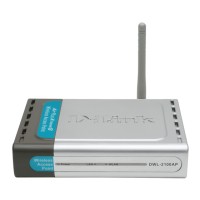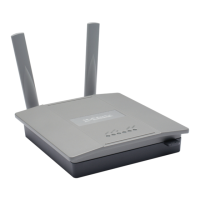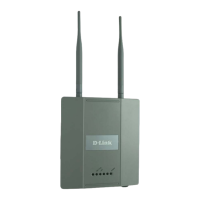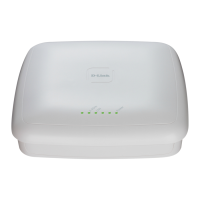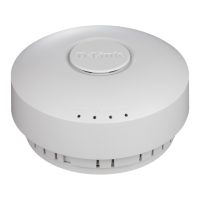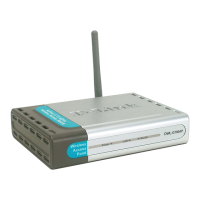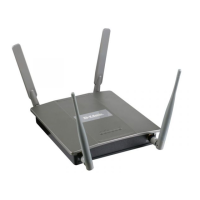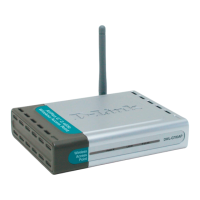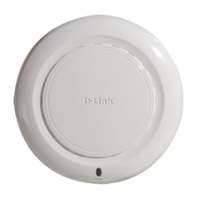Unied Access Point Administrator’s Guide
Page 96
January 2015
Section 8 - Conguring Client Quality of Service (QoS)
Dening DiffServ
To use DiffServ for Client QoS, use the Class Map and Policy Map pages to dene the following categories and their
criteria:
•) Class: create classes and dene class criteria
•) Policy: create policies, associate classes with policies, and dene policy statements
Once you dene the class and associate it with a policy, apply the policy to a specied VAP on the VAP QoS
Parameters page.
Packets are classied and processed based on dened criteria. The classication criteria is dened by a class. The
processing is dened by a policy’s attributes. Policy attributes may be dened on a per-class instance basis, and it is
these attributes that are applied when a match occurs. A policy can contain multiple classes. When the policy is active,
the actions taken depend on which class matches the packet.
Packet processing begins by testing the class match criteria for a packet. A policy is applied to a packet when a class
match within that policy is found. DiffServ is supported for IPv4 and IPv6 packets.
Use the Class Map page to add a new Diffserv class name, or to rename or delete an existing class, and dene the
criteria to associate with the DiffServ class.
To congure a DiffServ Class Map, click the Class Map tab.
Note: The Class Map page displays the Match Criteria Conguration elds only if a Class Map
has been created. To create a Class Map, enter a name in the Class Map Name eld and click
Add Class Map.
Figure 60 - Congure Client QoS DiffServ Class Map Settings
Field Description
Class Map Conguration
Class Map Name Enter a Class Map Name to add. The name can range from 1 to 31 alphanumeric
characters.
Match Layer 3
Protocol
Specify whether to classify IPv4 or IPv6 packets.
Match Criteria Conguration
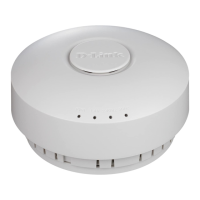
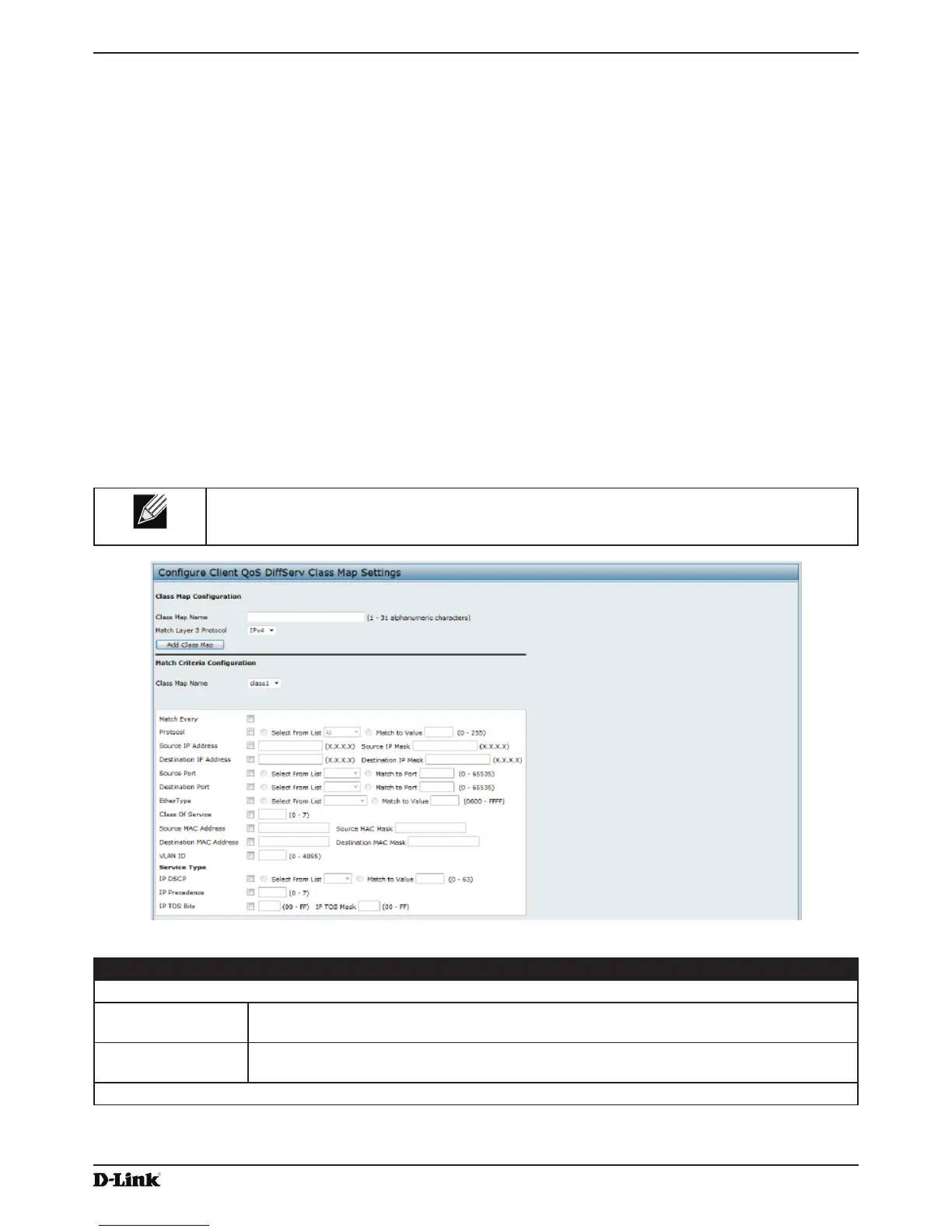